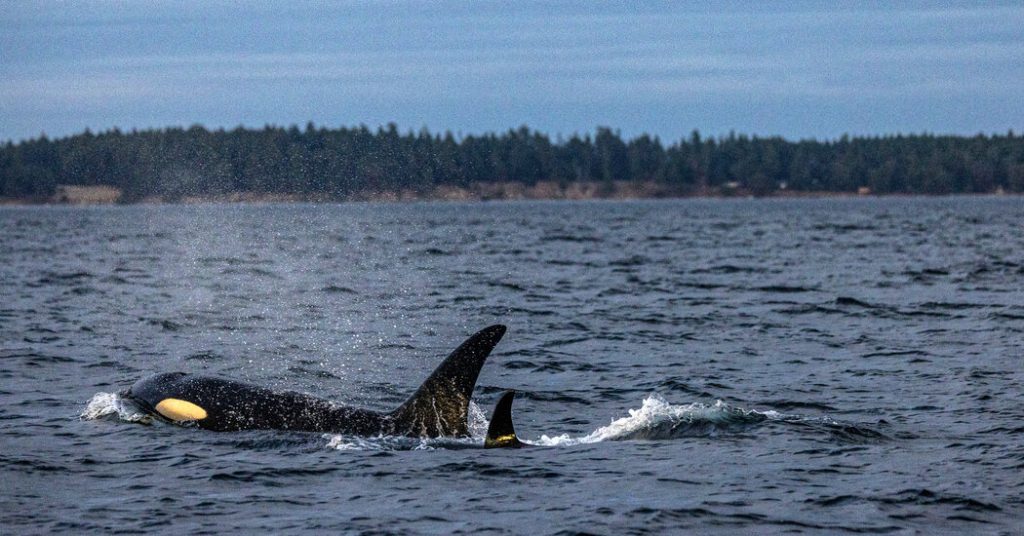Scientists have suggested that two populations of killer whales often observed off the Pacific Coast of the United States and Canada are so different from each other and from other orcas that they should be considered separate species. The two groups, known as resident killer whales and Bigg’s killer whales, have different diets and exhibit numerous behavioral, physical, and genetic differences. The scientists proposed giving new species designations to these orca populations, which have been evolving away from each other for hundreds of thousands of years.
The distinct differences between the resident killer whales and Bigg’s killer whales have implications for conservation, as experts can make more informed decisions about how to manage different orca populations based on these taxonomy distinctions. The resident orcas have been threatened by dwindling wild salmon stocks, while the Bigg’s orcas have benefited from a population boom due to the rebounding numbers of seals and sea lions. The next step for the scientists is to submit their proposal to a committee of taxonomy experts for consideration.
Scientific advances in recent years have allowed researchers to conduct more sophisticated analyses of the killer whales’ genomes, shedding light on the evolutionary history of these different populations. The genetic data indicates that the Bigg’s killer whales diverged from other orcas between 200,000 and 300,000 years ago, while the residents diverged about 100,000 years ago. Observations of behavior and physical characteristics further support the idea that these orca populations are distinct species.
The study highlights specific differences in skull shape, size, and coloration between the resident and Bigg’s killer whales, as well as variations in vocalizations and group behavior. The scientists proposed new scientific names for the two orca populations, pending approval by the Society for Marine Mammalogy. They also plan to consult with Indigenous groups in the Pacific Northwest to select new common names that reflect the cultural importance of the orcas in the region.
The researchers believe that further analysis might reveal additional orca populations that qualify as distinct species. The wide range of diversity among killer whales highlights the importance of ongoing research and conservation efforts to protect these iconic marine mammals. The proposal to designate the resident and Bigg’s orcas as separate species is supported by multiple lines of evidence, demonstrating the value of scientific collaboration in understanding and preserving the biodiversity of our oceans.


